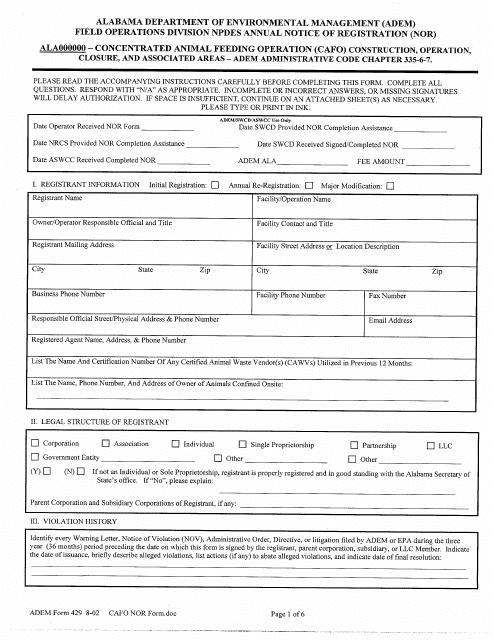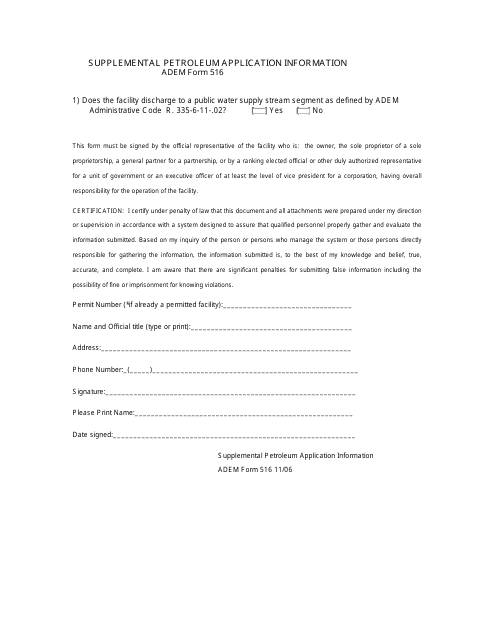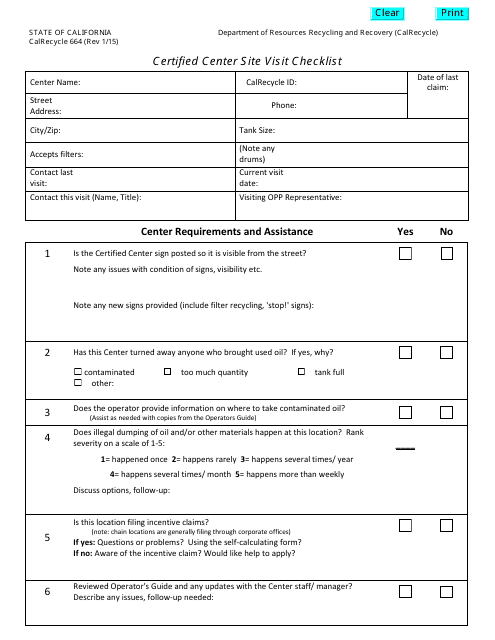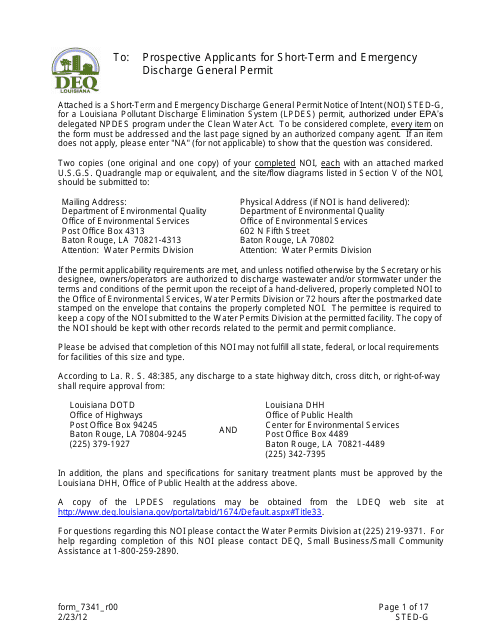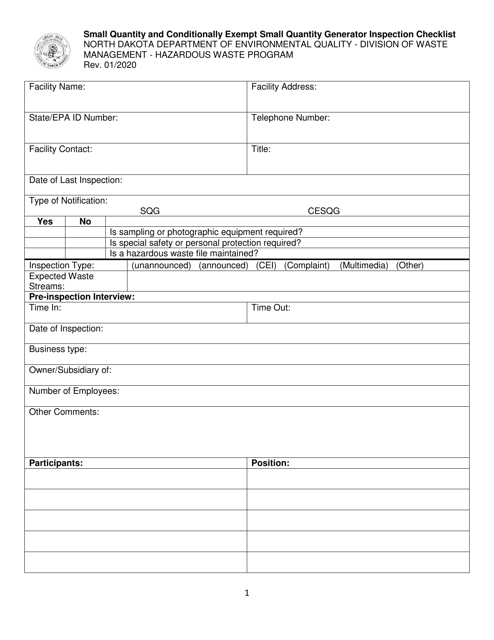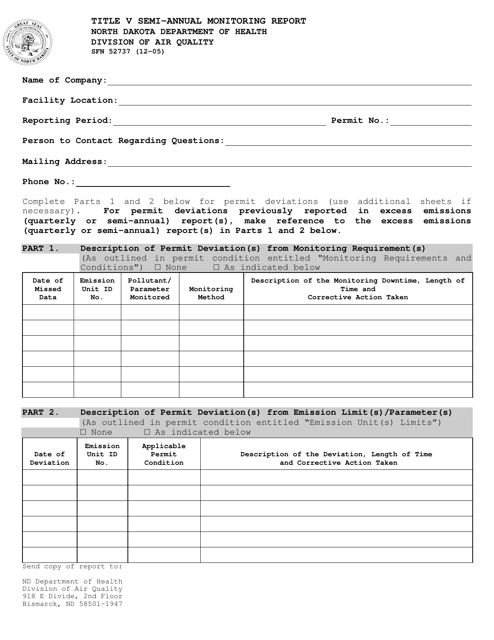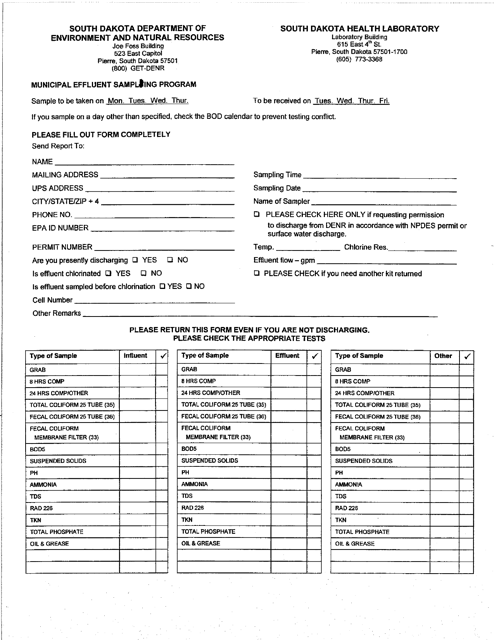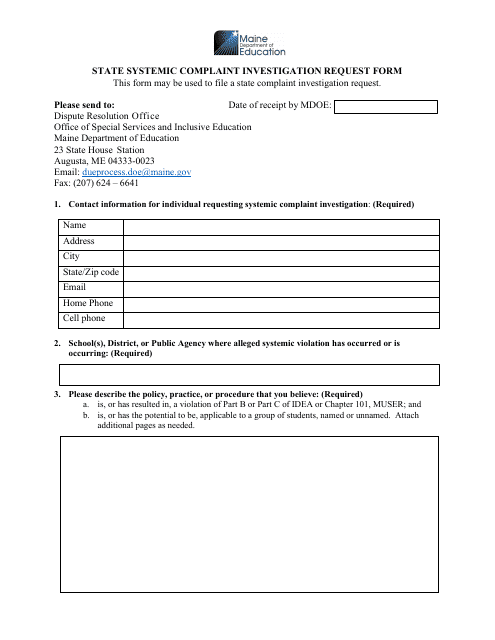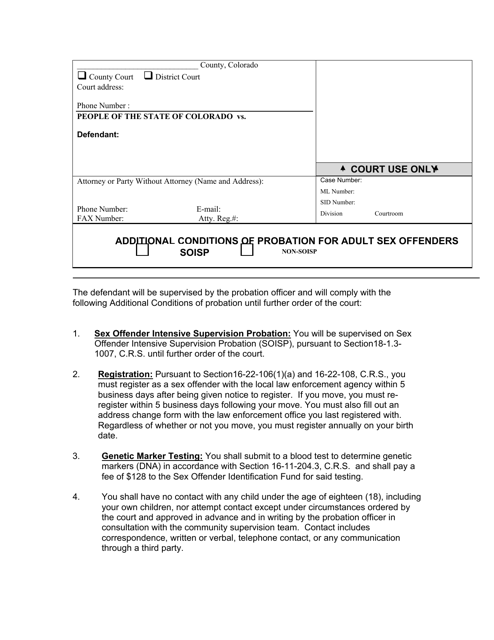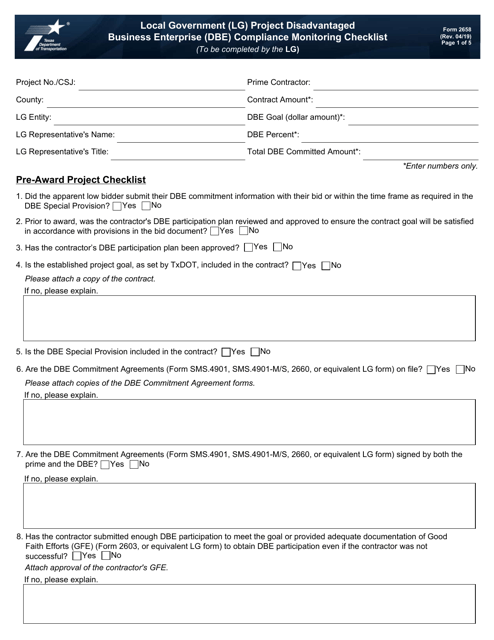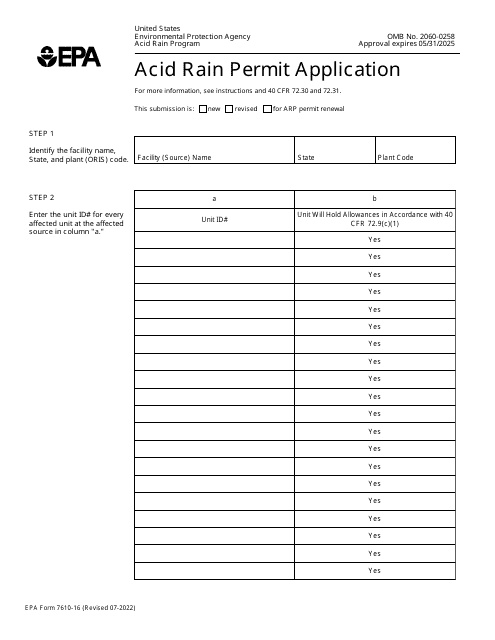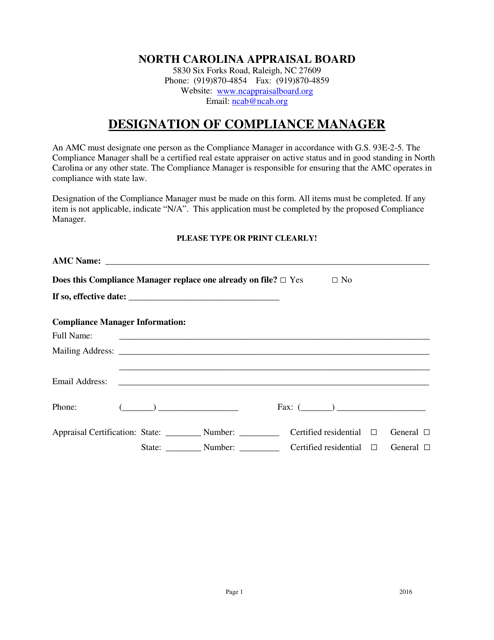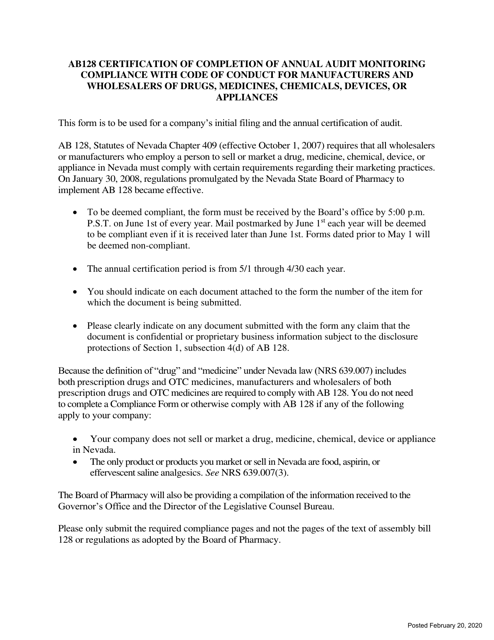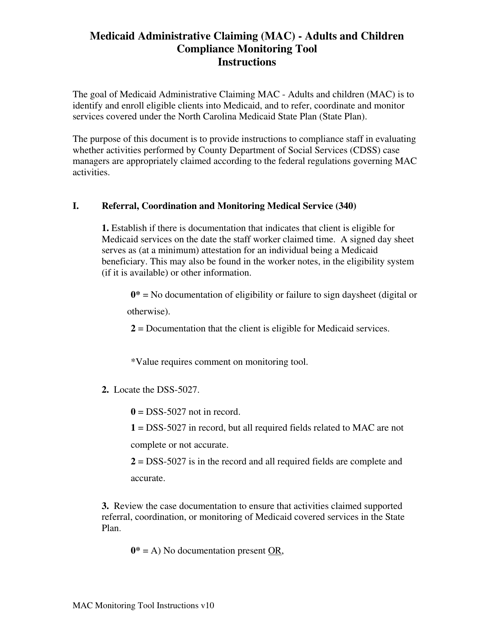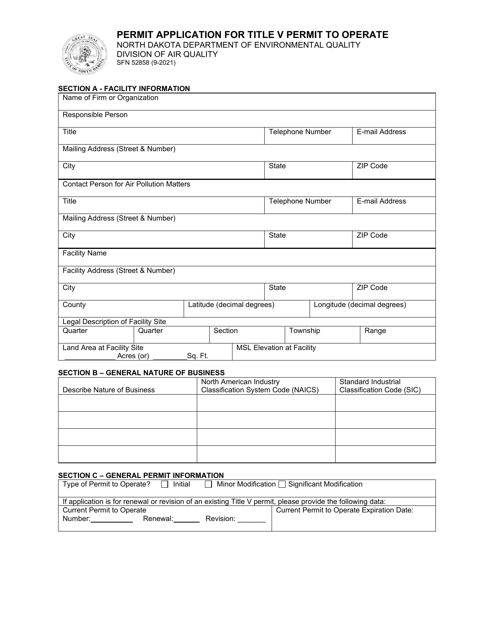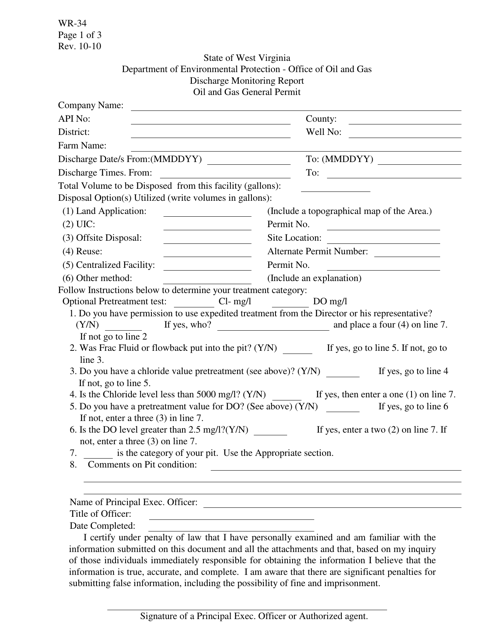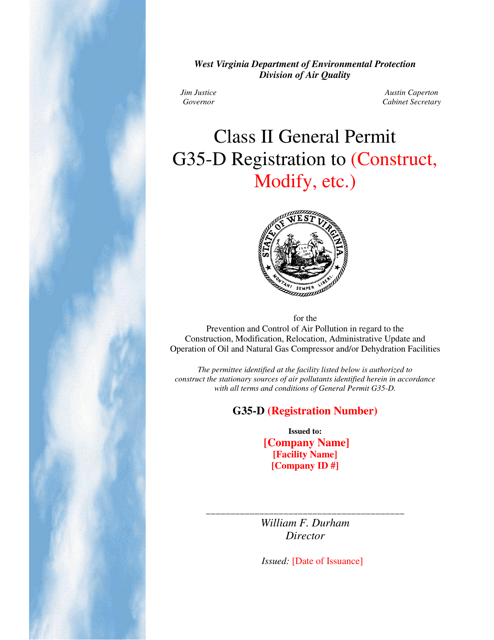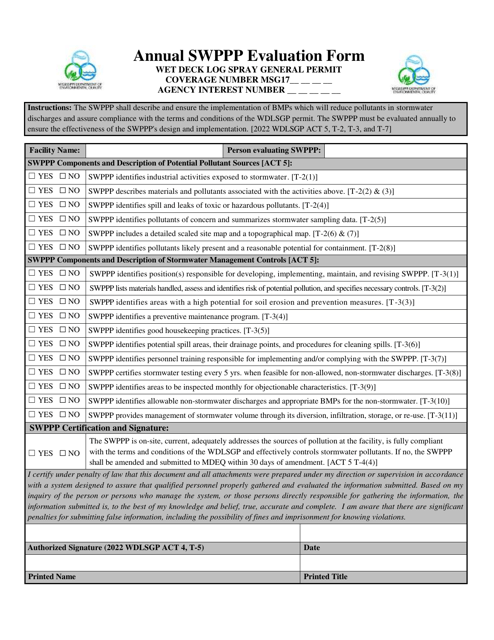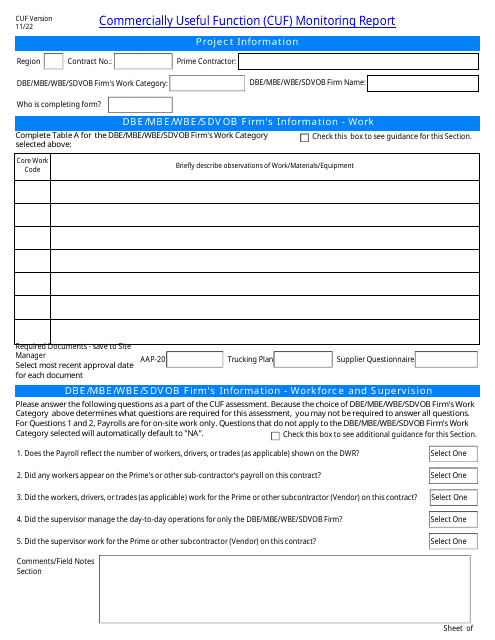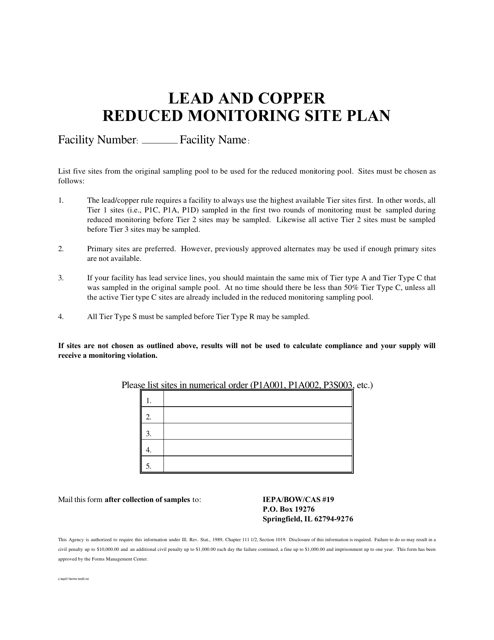Compliance Monitoring Templates
Compliance Monitoring, also known as Monitoring Compliance, is an essential aspect of ensuring adherence to regulations and laws set by state and federal agencies. This process involves the regular assessment and inspection of various aspects of a business or organization's operations to ensure compliance with these regulations.
Within the compliance monitoring process, different documents play a crucial role in capturing and documenting important information. These documents include the Form CalRecycle664 Certified Center Site Visit Checklist in California, the Prevailing Wage Certification Form in Illinois, the Instructions forWater Treatment Facilities Applying for an Npdes Permit in Iowa, the Ab128 Certification of Completion of Annual Audit Monitoring Compliance With Code of Conduct for Manufacturers and Wholesalers of Drugs, Medicines, Chemicals, Devices, or Appliances in Nevada, and the Form WR-34 Discharge Monitoring Report in West Virginia.
The compliance monitoring documents, also referred to as monitoring compliance documents, serve as a comprehensive record of an organization's compliance efforts. They outline the specific requirements and guidelines that need to be followed, as well as the necessary steps to be taken to ensure compliance. These documents not only assist organizations in maintaining regulatory compliance, but they also serve as proof of compliance during audits or inspections.
By utilizing these compliance monitoring documents, businesses and organizations can demonstrate their commitment to operating within the boundaries of the law. They provide a clear framework for assessing and addressing any areas of non-compliance, helping organizations mitigate risks and avoid penalties.
In summary, compliance monitoring, or monitoring compliance, is a crucial process that seeks to ensure adherence to regulatory requirements. The collection of compliance monitoring documents serves as a comprehensive resource for organizations, assisting them in maintaining compliance and providing proof of their commitment to regulatory standards.
Documents:
28
This Form is used for conducting annual inspections of stormwater sites to assess compliance with industrial pollution prevention and good housekeeping practices.
This form is used for the NPDES Annual Notice of Registration (NOR) in Alabama. It is a requirement for those who are registered under the National Pollutant Discharge Elimination System (NPDES) program in the state.
This form is used for providing supplemental information for a petroleum application in the state of Alabama.
This form is used for conducting a site visit and assessment of a certified center in California. It helps ensure that the center is meeting the necessary standards and requirements set by CalRecycle.
This document is a monitoring tool used by the state of Florida to track and monitor training providers that offer Alf Core training.
This Form is used for obtaining a prevailing wage certification in the state of Illinois. It is required for contractors and employers who are bidding on public works projects and need to ensure they are paying their workers the correct prevailing wage rates.
This form is used for submitting a notice of intent to discharge wastewater from short-term and emergency activities in the state of Louisiana.
This Form is used for quarterly visual monitoring of industrial stormwater discharges in New York under the Multi-Sector General Permit (MSGP).
Small Quantity and Conditionally Exempt Small Quantity Generator Inspection Checklist - North Dakota
This Form is used for submitting the semi-annual monitoring report for Title V facilities in North Dakota. It provides important information on the facility's compliance with environmental regulations.
This form is used for dental facilities in Oregon to submit a one-time compliance report related to their wastewater discharge. It helps ensure that dental dischargers comply with environmental regulations.
This document is a checklist used for the Municipal Effluent Sampling Program in South Dakota. It is used to ensure all necessary samples are collected and recorded accurately.
This document provides instructions for water treatment facilities in Iowa that are applying for an NPDES permit. It outlines the steps and requirements for the application process.
This is a document that outlines the additional conditions that adult sex offenders in Colorado must follow while on probation.
This Form is used for monitoring compliance with the Disadvantaged Business Enterprise (DBE) program on local government (LG) projects in Texas.
This form is used to record pressure drop measurements for compliance monitoring purposes at the OC-ALC facility.
This document designates an individual as the Compliance Manager in North Carolina.
This document certifies the completion of an annual audit monitoring the compliance of manufacturers and wholesalers of drugs, medicines, chemicals, devices, or appliances with the code of conduct in the state of Nevada.
This document is a compliance monitoring tool used in North Carolina for Medicaid Administrative Claiming (MAC) for both adults and children. It provides instructions on how to ensure compliance with Medicaid regulations and guidelines.
This form is used for applying for a Title V permit to operate in North Dakota. It is required for businesses that emit air pollutants and want to continue their operations.
This Form is used for submitting a Discharge Monitoring Report in West Virginia.
This document is for registering under the Class II General Permit G35-d in West Virginia. This permit is required for certain activities related to wastewater discharge.
This form is used for conducting an annual evaluation of the Stormwater Pollution Prevention Plan (SWPPP) in Mississippi. It helps assess the effectiveness of the plan in preventing pollution and maintaining compliance with environmental regulations.
This document is used to monitor the Commercially Useful Function (CUF) in a project or contract. The CUF is a measure used to determine if a disadvantaged business enterprise (DBE) is performing a meaningful and necessary role in the project. This report assesses whether the DBE is fulfilling their contractual obligations or if there are any issues with their performance.
This document outlines the plan for monitoring lead and copper levels at five sites in Illinois and implementing measures to reduce their levels.


